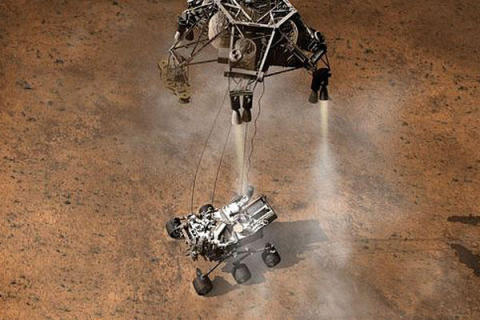ACADEMIA
Dell powers NASA’s mission to Mars
- NASA’s Jet Propulsion Laboratory (JPL) is using Dell supercomputing clusters to test and validate the Mars rover’s landing sequence
- JPL’s Dell supercomputing clusters, Galaxy and Nebula, assisted NASA in analyzing the relevant mission data for NASA to ensure the most complicated portion of the mission to the Red Planet was successfully completed
“We’re proud to work hand-in-hand with NASA, a true American institution that provides the world with the understanding that modern day pioneering delivers optimism and the drive to go further. This notion echoes Dell’s mission to provide customers with a full spectrum of IT hardware and services, helping them to accomplish their mission more effectively and efficiently. Most importantly, we are honored to be able to test and validate this mission’s most critical portion, landing on the Red Planet,” said Jere Carroll, general manager civilian agencies, Dell Federal.

Launched on Nov. 26, 2011, Curiosity landed on the Red Planet at 10:32 p.m. Pacific Daylight Time on Aug. 5, 2012 near the base of a mountain inside the Gale Crater near the Martian equator. Researchers plan to use Curiosity to study the mountain’s layers which hold evidence about the wet environments of early Mars and may hold clues about whether the planet ever offered conditions favorable for life. The rolling laboratory will search for two things: environments where life might have existed, and the capacity of those environments to preserve evidence of past life.
JPL’s Dell HPC clusters, Galaxy and Nebula, provided vital support to NASA’s Curiosity rover in analyzing the vast amounts of test data needed to correctly prepare the rover for entering the Martian atmosphere and landing it on the planet. This difficult task was powered by Dell PowerEdge servers that make up the Galaxy and Nebula clusters. The final landing sequence parameters developed by the mission team, which was tested and validated using the Dell supercomputing clusters, were uploaded last week to Curiosity.
